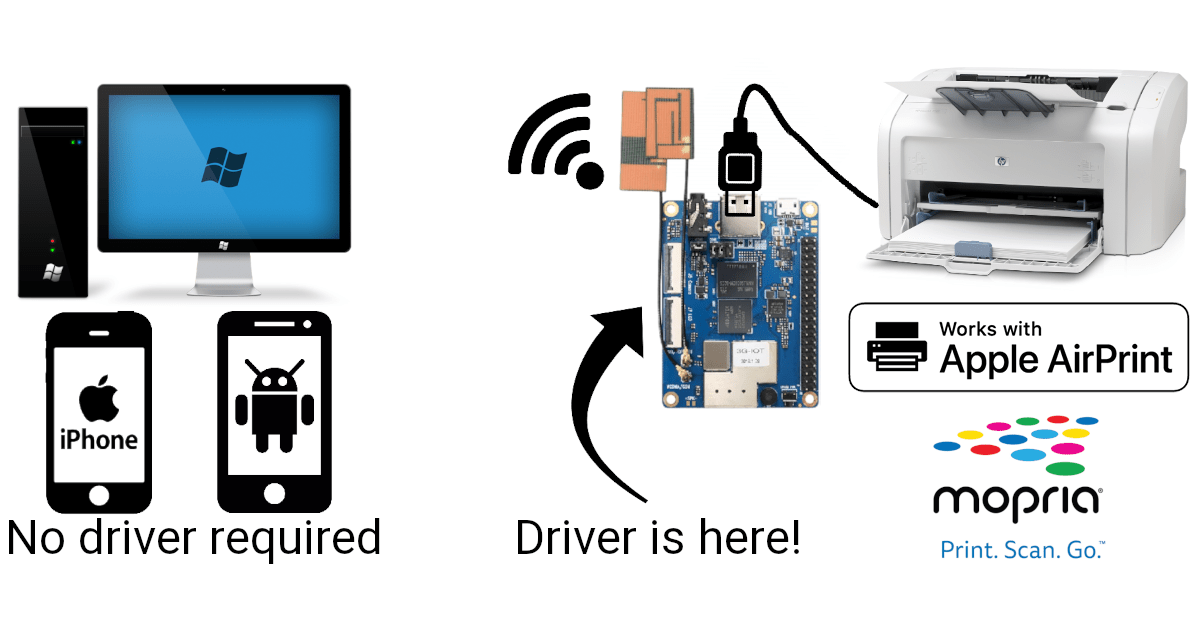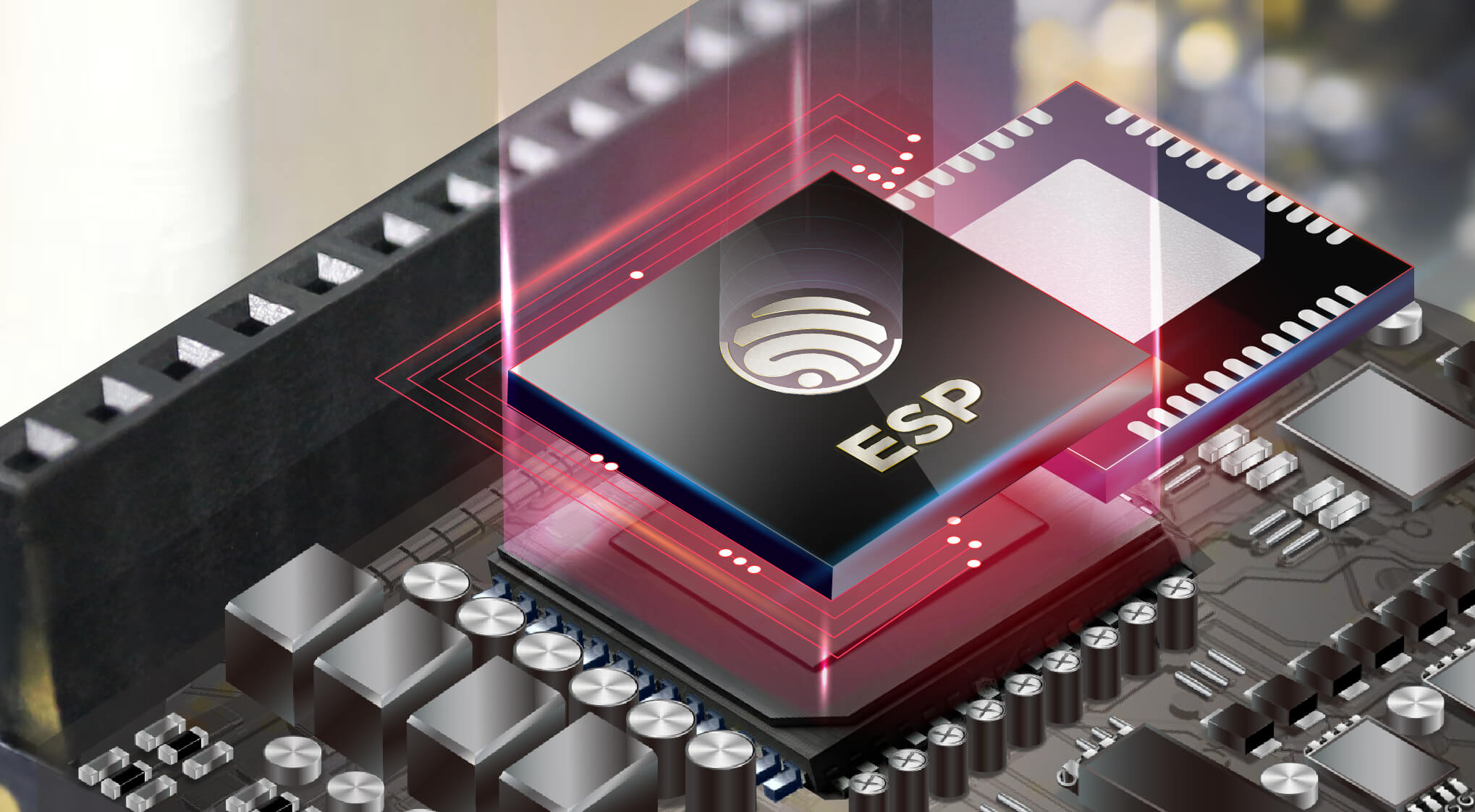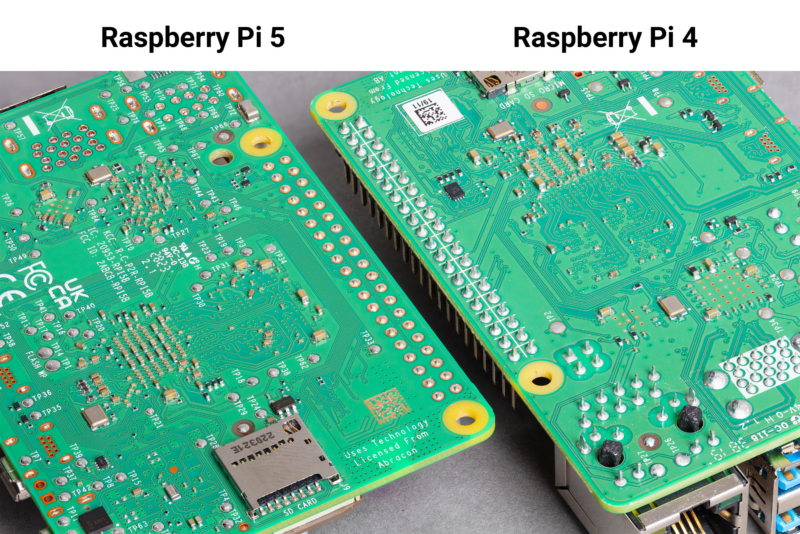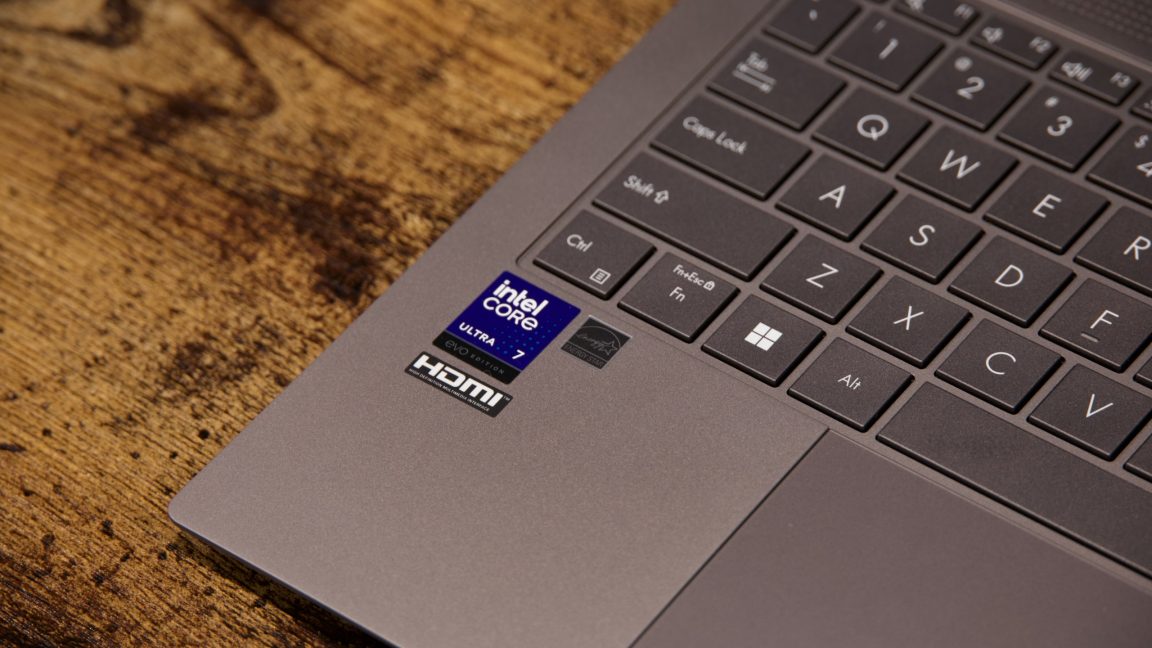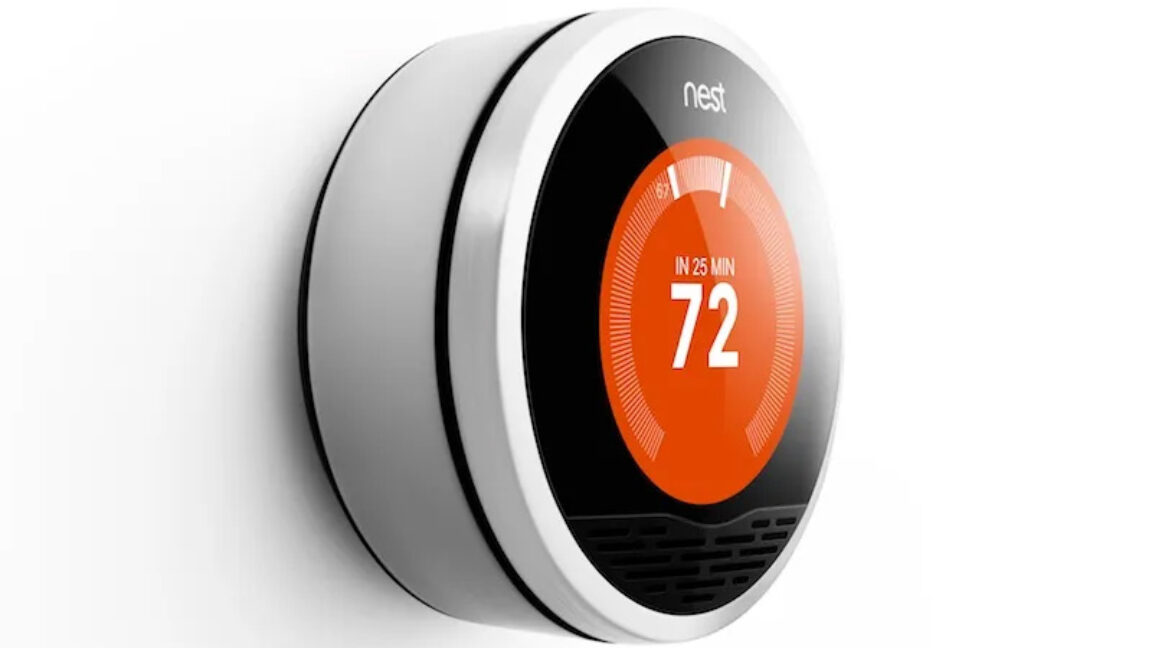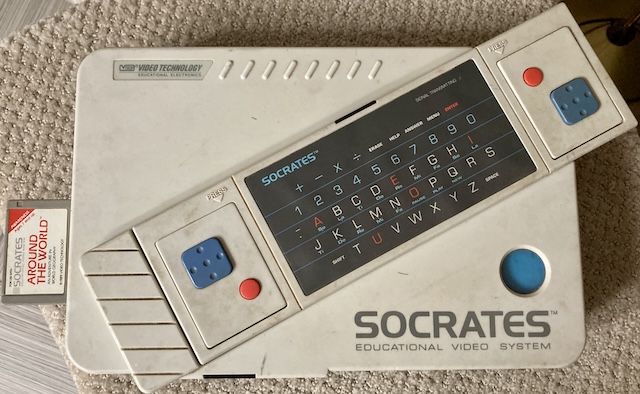Roku OS Update Causes Washed-Out HDR Colors

A recent Roku OS update has caused washed-out colors in HDR content on several Roku apps, including Disney+. Complaints started appearing a week ago, affecting apps like Apple TV+ and Netflix as well. Roku is investigating, asking users to report their experiences and devices. Affected TVs include multiple TCL, Hisense, and Sharp models, while Roku streaming sticks seem unaffected. One user reported that plugging a streaming stick into a Roku TV solved the issue. Users report the problem impacting both movies and shows across various apps, causing significant viewing disruption.
